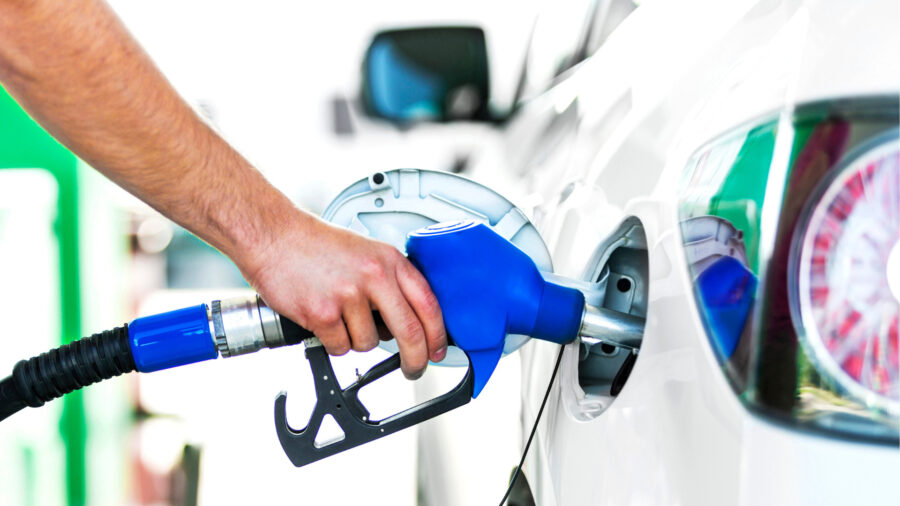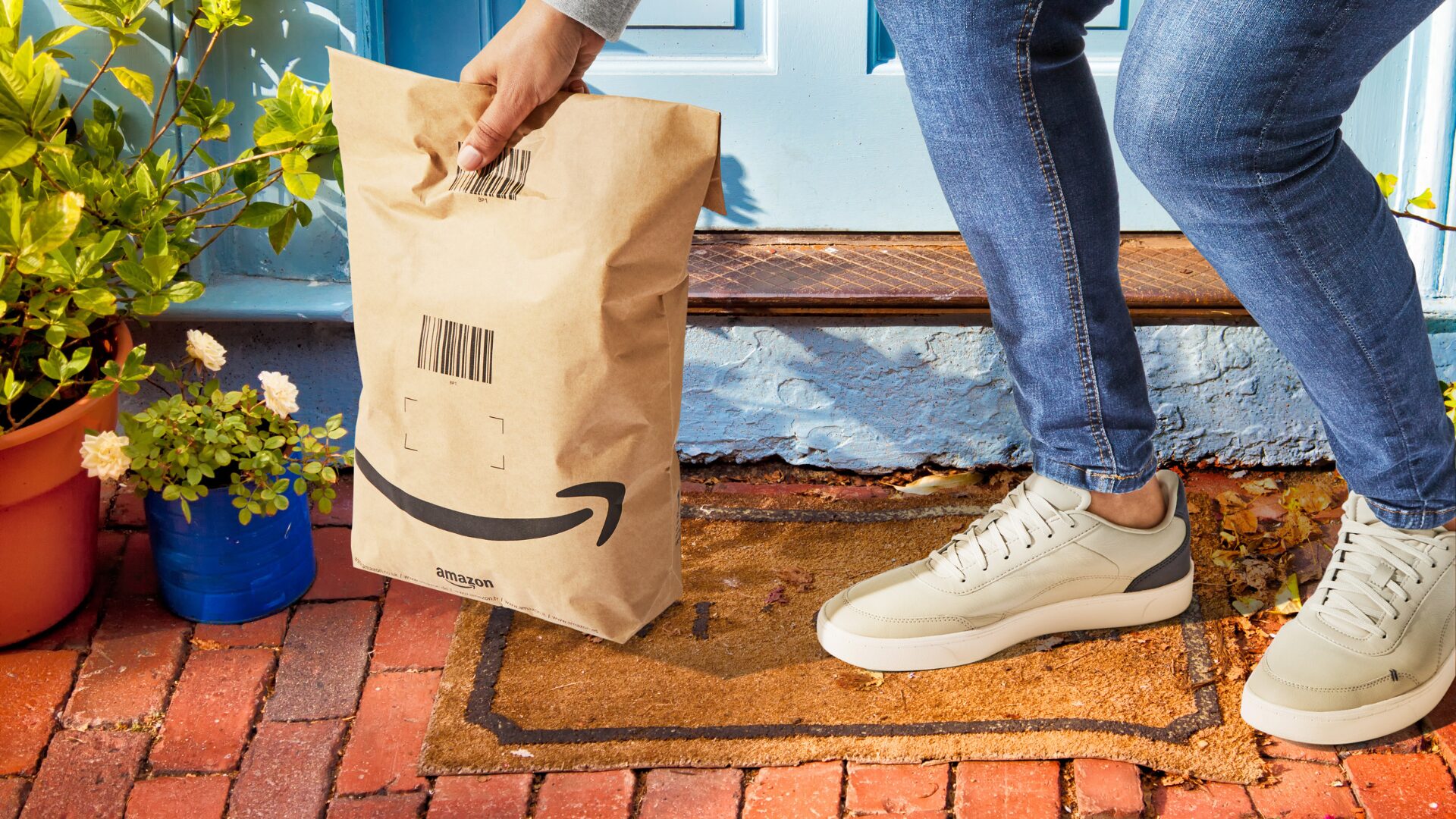With gasoline prices topping $6 a gallon in some parts of the U.S., consumers have been rethinking their shopping habits, opting against multiple trips and turning to superstores and online solutions to cut down on mileage.
AAA puts the average price of gas across the country at about $5 a gallon, with the highest prices in the West, Illinois, and Michigan, and the lowest in most of the southern states.
Higher gas and food prices are blamed for a 0.3% drop in retail sales in May, as spending for gas increased 43.2% from a year ago and spending on food increased 17.5%.
Consumers are putting off major purchases, industry observers told The Food Institute, concentrating instead on essentials.
The result is consumers turning to shopping sites like Amazon and to small, local businesses.
“For those in rural areas, they don’t have any choice but to drive to stores,” said Jerry Han, chief marketing officer at PrizeRebel. “Those in the city may invest in e-bikes for store runs, but plenty will still use their cars for time-saving purposes.
A study published by the National Bureau of Economic Research indicates consumers set up separate mental budgets for various categories and overreact to price increases within those categories. So, when gas prices go up, consumers react by going to lower grades of gasoline. When food prices go up, they look for ways of reducing their food budgets.
Kroger reported private label sales increased 6.3% in the first quarter as consumers looked to reduce their bills.
“It looks like inflation has finally caught up to consumers and they are starting to pull back on their spending,” Natalie Kotlyar, national leader of BDO’s Retail & Consumer Products Industry Group, told U.S. News and World Report (June 15).
Data analytics firm Placer.ai found foot traffic up at stores like Walmart and Target, as well as at dollar stores, with restaurants also registering increases from January’s levels.
“Consumers trying to reduce their driving time may be buying groceries at superstores as a way to consolidate their shopping trips,” the company’s May report finds. The report also indicated that grocery store foot traffic is increasing, meaning consumers are getting over the shock of higher prices.
Placer.ai Vice President of Marketing Ethan Chernofsky told MarketWatch (June 17) gas prices present a unique challenge for brick-and-mortar retail stores.
“The likeliest scenario is not one of dramatic change, but a small but significant shift in the favor of retailers oriented to audience proximity and to those retailers that enable customers to accomplish more with each trip like superstores,” Chernofsky said.
Jason Wise, chief editor at Earth Web, told The Food Institute the current shift in shopping habits is nothing new and, in fact, largely follows traditional trends.
“People have entered survival mode to only buy necessities and groceries, and skip out on buying electronics, imported luxury items, and other leisurely items and services that add the extra comfort to their lives,” Wise said.
“People are also reducing the variability of their consumption to drop the grocery bill by a couple of dollars – this means simpler or standardized meals and toiletries to pass through this high inflation period.”
Stay up to date on inflation developments using The Food Institute’s Inflation Central page: Click Here












